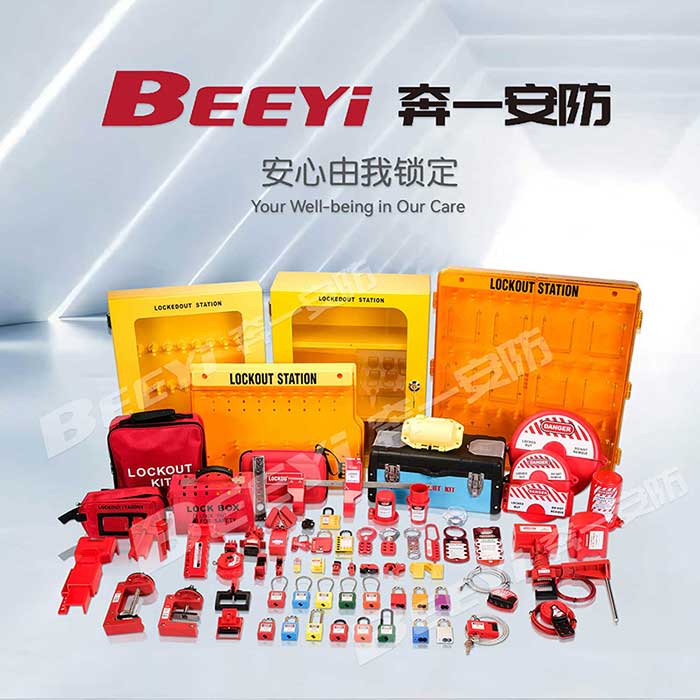lockout hasps after-sales service: ensuring safety and reliability for industrial applications
Release time:2025-09-13 06:03:03
Lockout Hasps are essential safety devices used in various industries to ensure worker safety during equipment maintenance or repair. These devices help to prevent the accidental release of hazardous energy, such as electricity, gas, or steam, by isolating the equipment's energy sources. Lockout Hasps are an integral part of a broader safety protocol known as Lockout/Tagout (LOTO), which is designed to safeguard employees from harm while performing maintenance or service tasks. However, the effectiveness and reliability of Lockout Hasps go beyond their initial purchase; they also depend on the after-sales service provided by the manufacturers and suppliers. This article explores the importance of Lockout Hasps after-sales service, examining its role in ensuring safety, enhancing product longevity, and supporting users throughout the product's life cycle.

Importance of Lockout Hasps After-Sales Service
After-sales service is a critical component in the overall value proposition of any industrial safety equipment, including Lockout Hasps. This service ensures that customers not only receive a functional product but also gain access to the necessary support and resources required to maintain and operate the product effectively over time. Here are several reasons why after-sales service for Lockout Hasps is vital:
Safety Assurance The primary purpose of Lockout Hasps is to maintain worker safety by preventing unintended machinery startup during maintenance. If a Lockout Hasps device malfunctions or is not used correctly, the consequences could be severe, leading to injuries or fatalities. After-sales services help ensure that customers receive ongoing support to address any issues related to the device’s functionality, such as damage, wear, or improper use. Manufacturers typically offer troubleshooting assistance, product inspections, and repairs during the warranty period, which are critical for maintaining safety standards.

